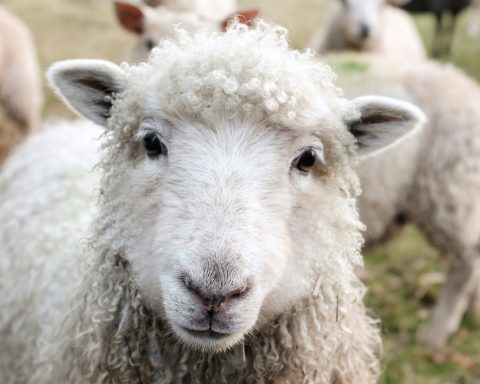Recently, Aalborg Zoo in northern Denmark launched a controversial initiative known as the Denmark Zoo pet donation plan. The zoo now invites pet owners to donate their deceased pets, such as rabbits, hamsters, or guinea pigs, as food for predators housed within the zoo.
However, this unusual move has caused a heated ethical debate. While some support the zoo’s effort to promote sustainability and education, others strongly criticize the initiative as emotionally insensitive.
Sustainability and Education at Aalborg Zoo
According to zoo director Henrik Johansen, the main goal of the Denmark zoo pet donation program is to reduce waste and educate the public about natural food chains. Each donated animal undergoes a health check to ensure it is disease-free before being used to feed predators.
Johansen also explains that visitors are welcome to observe feeding sessions. He believes that transparency helps people understand real-world predator-prey relationships and builds awareness around environmental sustainability.
Public Concerns Over Emotional Sensitivity
Despite these intentions, many animal welfare advocates and pet owners have raised concerns. They argue the approach may be emotionally distressing, especially for grieving owners. Critics of the pet donation initiative say it risks trivializing the emotional connection between people and their pets.
Even so, Johansen continues to stress that the programme is completely voluntary. He reassures the public that no pressure is placed on anyone to participate, and the zoo remains sensitive to individual choices.
History of Zoo Controversies in Denmark
This is not the first time a Danish zoo has drawn criticism. In 2014, Copenhagen Zoo sparked global outrage after euthanizing and dissecting a healthy giraffe named Marius, citing genetic diversity management.
Now, the Denmark zoo pet donation scheme has reignited debates over ethics, animal welfare, and sustainability. It reflects the ongoing tension between ecological responsibility and public emotion.
Ultimately, the public remains deeply divided. The issue shows how decisions involving animals can raise difficult questions—and how zoos must tread carefully between education, ethics, and emotional impact.




